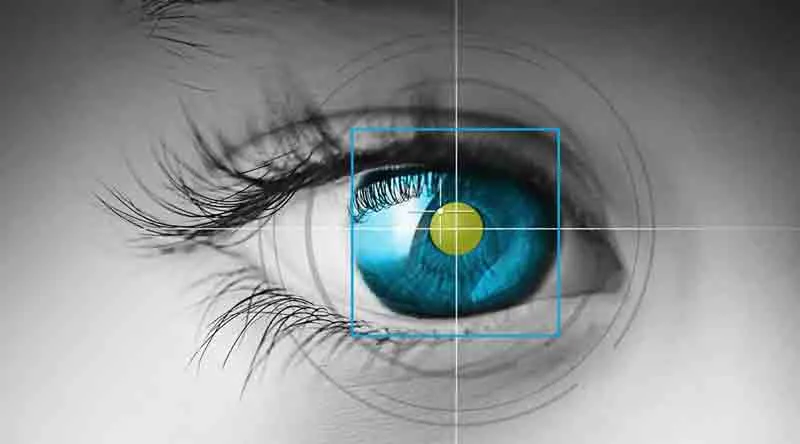Eye tracking is among the most important features yet to be added to the technology stacks of the major virtual reality headsets. In fact it is something that is so important that in a recent interview with UploadVR Oculus’ founder, Palmer Luckey, went as far as to call eye tracking a “critical part,” of the future of VR technology.
So is it something that is being examined by Oculus currently? The short answer is, yes.
“We’re researching everything,” says Luckey, “I’m very, very in tune with what’s going on in eye tracking research in Oculus.” When pressed for more information Luckey said, “it’s definitely not being ignored, but I can’t say much about it.”
While Oculus is working away on an eye tracking solution, a number of other companies are racing to release solutions of their own.
Earlier this year FOVE raised over $600,000 through Kickstarter and various other investors to build a virtual reality headset with integrated eye tracking technology.
https://www.youtube.com/watch?v=uKpcbQcDItw
SMI, one of the oldest and largest companies focused on eye and gaze tracking technologies, recently released an enterprise level (read: expensive) upgrade kit that added eye tracking to the Oculus Rift DK2. Adding further to the eye tracking mix is Tobii, who recently announced a collaboration with Starbreeze to bring eye tracking to their 5K, 210° FOV Star VR headset.
Despite the plethora of players in the field, none of them seem to have solved the problem well enough, at least in Oculus’ eyes. When asked about the current usability of eye tracking technologies like those from FOVE or Tobii, Luckey was unimpressed saying their usability, “currently, like today, [is] very low.”
That said we are getting much closer. We have had a chance to go hands on with each of these different eye tracking technologies and, while impressive, they seem to encounter a number of the same problems. Things like long eyelashes, for example, tend to cause issues with the tracking accuracy, and remaining consistently calibrated are issues still, but not unsolvable ones.
While the technology isn’t ready, the potential is there. Going hands on with SMI’s tracking in AltspaceVR, for example, I was incredibly impressed by the amount of social presence it added. Being able to see where an avatar was glancing by looking into their eyes added a sense of connection with the avatar and greatly improved the communication experience. Additionally being able to interact with the UI with only my eyes made it a much smoother experience and saved time on each interaction, which adds up.
Eye tracking remains a crucial piece of the technology stack for VR, beyond things like bettering social and UI interaction, it could also fix a lot of issues that remain in VR. For example pupil swim, which is the effect that happens when an image distorts as you move your eye around the lens in VR, is something that can only be fully fixed with real time pupil distortion correction through eye tracking. According to Luckey, Oculus has “been able to greatly reduce that,” using custom optical advancements but the problem isn’t completely solved and won’t be without perfected eye tracking. The possibilities the eye tracking brings to the table are seemingly limitless, which is why it is such a crucial technology for the future of VR.
We will continue to follow the eye tracking space very closely.





























